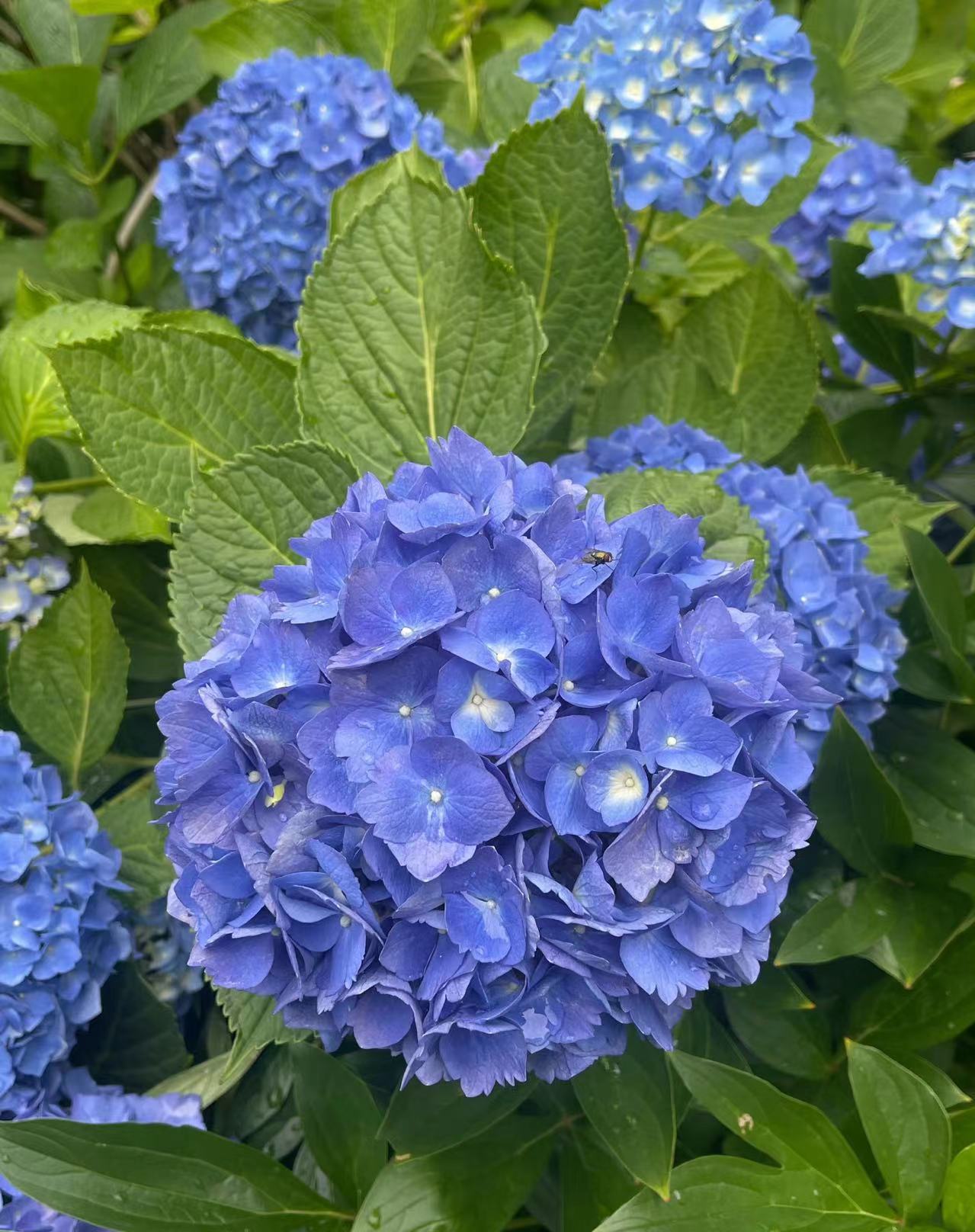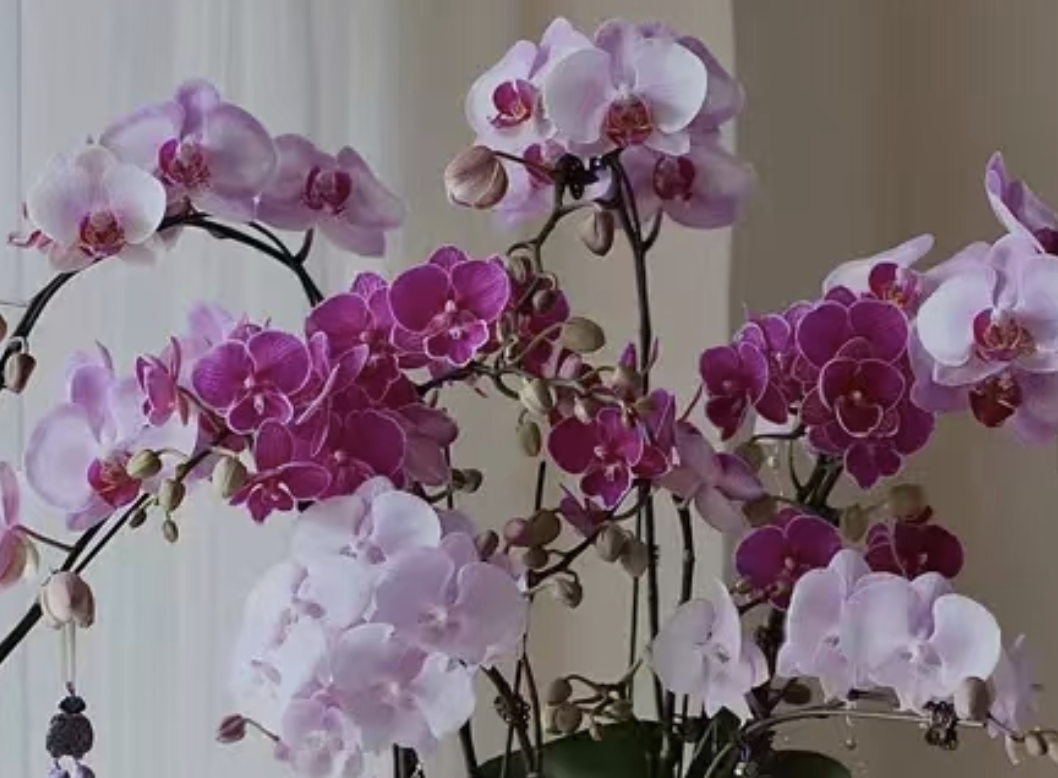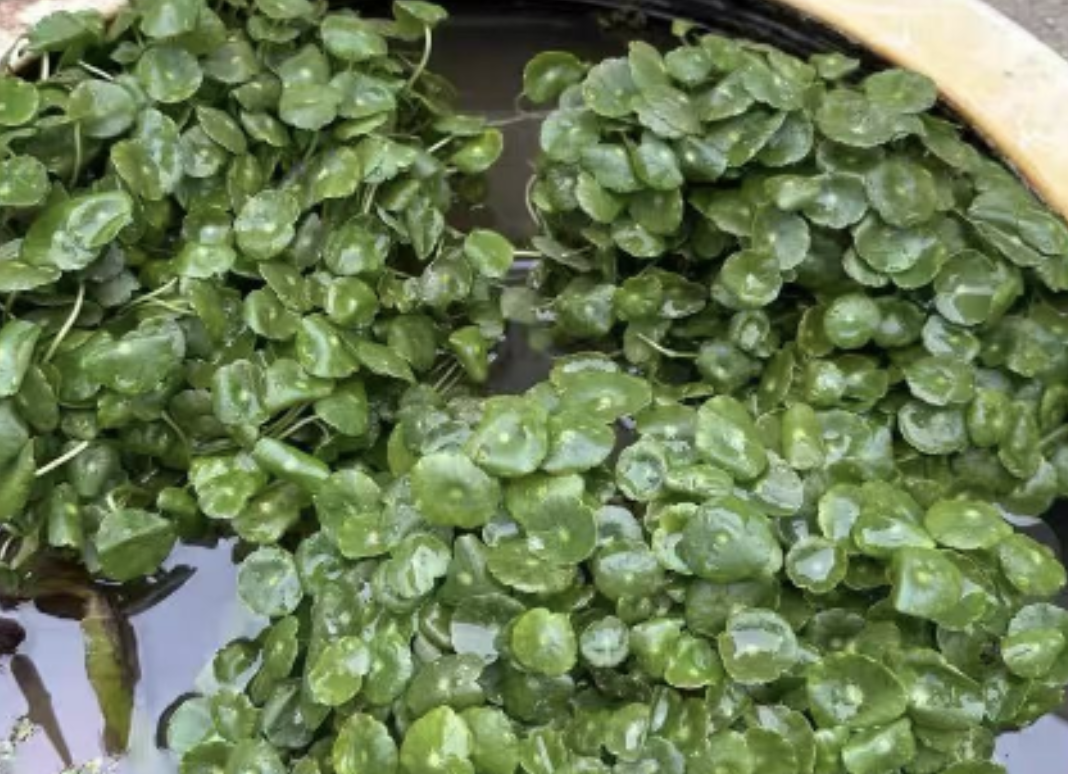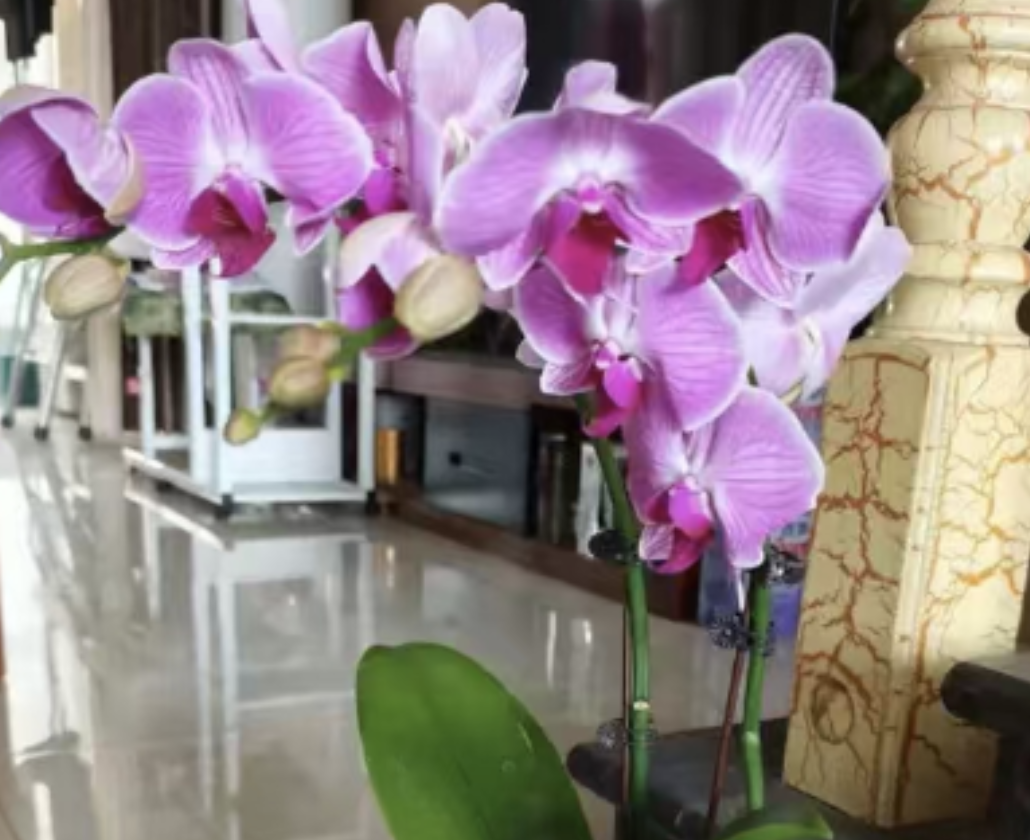Sometimes hydrangeas do not grow flower buds, which undoubtedly confuses and disappoints flower enthusiasts who are expecting the flowers to bloom abundantly. At the same time, proper autumn maintenance is also crucial for the growth of hydrangeas and the quality of flowering in the coming year.
First, let's understand the reasons why hydrangeas do not grow flower buds.
Firstly, inappropriate light conditions are one of the common factors. Although hydrangeas have a certain degree of shade tolerance, if they are in an overly dark environment for a long time, photosynthesis is insufficient and they cannot accumulate enough nutrients to support the differentiation and formation of flower buds. Conversely, if they receive overly strong direct sunlight, especially in the hot summer, it may also lead to poor plant growth and affect the gestation of flower buds.
Secondly, nutritional imbalance is another key reason. The lack of nutrients such as phosphorus and potassium that are conducive to flower bud differentiation can make it difficult for hydrangeas to grow flower buds. Excessive application of nitrogen fertilizer, on the other hand, may cause the plant to have luxuriant branches and leaves, but the formation of flower buds is inhibited.
Thirdly, improper pruning may also be the culprit. If pruning is done at the wrong time, such as during the flower bud differentiation period or shortly after the flowering period with significant pruning, it may cut off the flower buds that are about to form or have already formed.
Fourthly, inappropriate temperature can also affect the growth of flower buds. Hydrangeas generally form flower buds more easily in a cooler climate, and both high and low temperatures may have adverse effects on their flower bud differentiation.
Fifthly, the invasion of pests and diseases weakens the growth potential of the plant, making it impossible for hydrangeas to use enough energy for the formation of flower buds.
Next, let's focus on the maintenance methods of hydrangeas in autumn.
Autumn is an important period for the maintenance of hydrangeas. To ensure the health of the plants and the abundance of flowers in the coming year, the following maintenance points should be kept in mind.
In terms of watering, as the temperature gradually decreases, the frequency of watering should be appropriately reduced. However, the soil should still be kept moist to avoid excessive drought or water accumulation. Observe the dryness and wetness of the soil and ensure moderate watering when the soil surface is slightly dry.
Fertilization plays a key role in autumn maintenance. The application of nitrogen fertilizer should be reduced and the supply of phosphorus and potassium elements should be increased. Compound fertilizers rich in phosphorus and potassium can be selected to promote flower bud differentiation and root growth. However, the amount of fertilizer should be moderate to avoid fertilizer damage.
Pruning work also needs to be done carefully in autumn. Generally speaking, large-scale pruning is not suitable in autumn to avoid affecting the formation of flower buds and overwintering. Only prune withered, weak and diseased branches and leaves to keep the plant clean and ventilated.
Light management should not be ignored either. The autumn sunlight is relatively mild, and the lighting time of hydrangeas can be appropriately increased, but direct strong light still needs to be avoided. Choosing a location with sufficient light but some shade helps the plant accumulate nutrients. In addition, autumn is also a key period for the prevention and control of pests and diseases. Regularly inspect the plants, promptly discover and deal with pest and disease problems. Appropriate pesticides can be used for prevention and control to ensure the health of the plants.
Finally, for some hydrangea varieties with poor cold resistance, appropriate warming measures such as covering with insulation materials need to be considered in late autumn to help the plants overwinter smoothly.
What are the reasons why hydrangeas do not grow flower buds?

Share with
Tagged in :




Leave a Reply